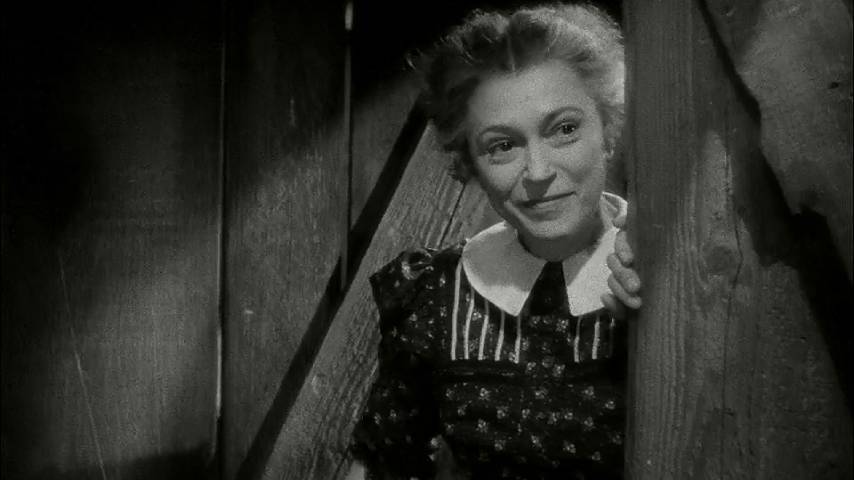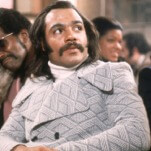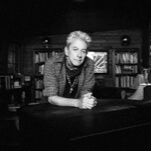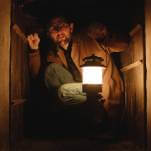He brought the Academy Award to Brady’s house after the ceremony and celebrated with her and a group of friends. Brady brought the plaque back for engraving, and the Academy returned it no more than 12 days later, likely on the set of director Ray McCarey’s Goodbye Broadway, the film she was shooting during the Oscars. This isn’t a secret. According to entertainment historian and stolen Oscar expert Olivia Rutigliano, this tale was published in the Los Angeles Times later that month. However, several factors play into Brady’s Oscar falling into the black hole of myth.
First and foremost, in those days, the Oscars weren’t the full-court press situation they are today. It wasn’t until the mid-1940s that movie fans could even hear the ceremony in full on the radio. “The early Academy Awards ceremonies were sort of dinner parties,” Rutigliano tells The A.V. Club. “It was a significantly more intimate affair than it would have been even 10 years later.” The press that was invited to the 1938 ceremony probably would have focused on the biggest stars, Rutigliano explains, and with Brady absent, that did not include her.
Alice Brady was a well-known actor. One of the rare performers who transitioned from stage to silent movies to talkies, she was among the first class of Best Supporting Actress nominees, having been nominated for My Man Godfrey the year before. She was the second-ever Best Supporting Actress (the Academy introduced the award the year prior), but in 1938, this new accolade did not catapult actors up the call sheet.
“This award acknowledged the character actors who played the maids and the mothers and did a good job in their roles,” Rutigliano says. “Women characters who were given a clear backseat in the film. The most famous example is Hattie McDaniel winning as Mammy for Gone With The Wind.” McDaniel would make history with her Academy Award win just two years after Brady won the category.
The Academy’s rules about what happens to Oscars after a recipient dies played a role in this myth, too. Brady died of cancer in 1939. In 1950, the Academy instituted a right of first refusal on gifting, bequeathing, or selling their awards. That right was not afforded to Brady’s plaque, and the rumors around her win began to swirl.
Years later, in the 1986 book Inside Oscar: The Unofficial History Of The Academy Awards, authors Damien Bona and Mason Wiley mention the “mystery man” myth without citation. In 2008, Heritage Auction sold Brady’s plaque for $59,750. Heritage’s listing calls the award a “replacement,” stating that a “clipping included in the lot features a photo of Charles Winninger and Alice, holding the replacement award.” Her Goodbye Broadway co-star Winninger is in the picture with the award, but it wasn’t a replacement.
“He might have been celebrating with her after she brought her engraved Oscar to set since she appears to be in a costume from the film,” Rutigliano says. “Or he could have been one of the friends who came to celebrate with her the evening she won.”
The buyer of the plaque remains a mystery, so the question of its whereabouts technically remains open. What happened to Alice Brady’s Oscar? It was sold, but never stolen.









































